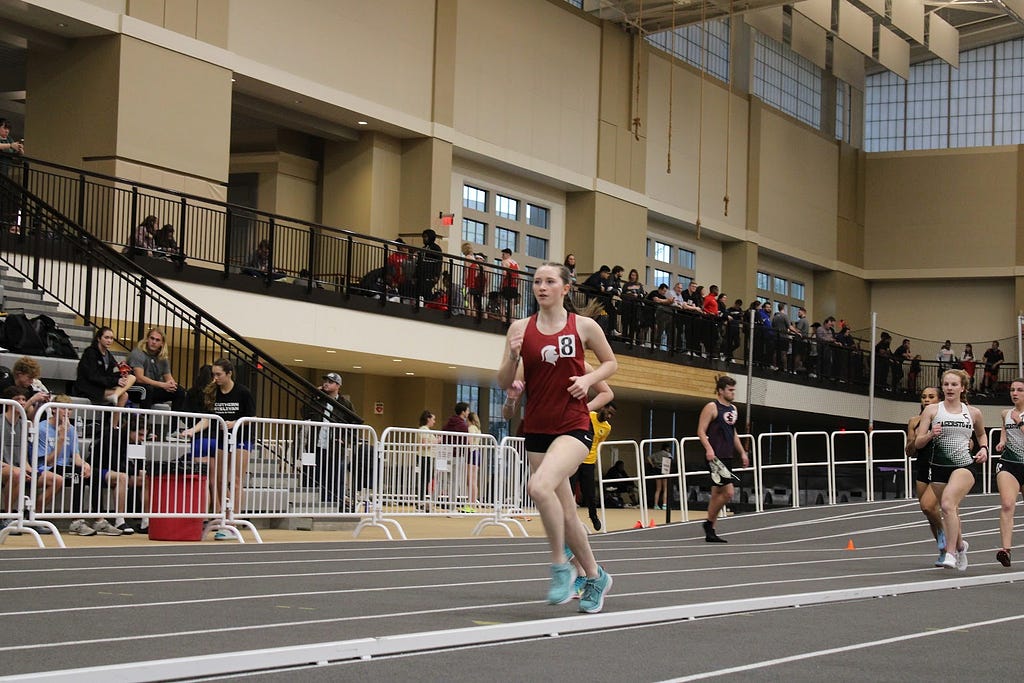By Koby Parry
Everyone knows someone that’s done track and field, but does anyone actually know what track and field is? In this article, I’m going to give a simple overview for most of the events, as well as the differences between “track” and “field.”
Seasons
Track and field is broken into two separate seasons: indoor and outdoor. The indoor season takes place during the colder winter months and has a few exclusive events tied to it. The outdoor season starts in the spring and also includes a few unique events. Most of the events are shared between both seasons.
Track
Track is the term used for any event that happens on the track. This includes all of the running events which can be separated into four categories:
- Sprints
- Hurdles
- Mid-distance
- Long-distance
All of the running related events are measured in meters, and the distance of each race generally places it into a separate category. There are rare events that some people don’t know what to call, but for the sake of simplicity, we will skip most of them.
Sprints
Sprints are short, quick races that capitalize on speed and explosiveness. Events include
- 60m (indoor only)
- 100m
- 200m
Hurdles
Hurdles have short and mid-distance races. An athlete must sprint and clear hurdles that stand on the track. The hurdle height is raised or lowered depending on gender, distance, and age group. Events include
- 60m hurdles (indoor only)
- 100m hurdles (women)
- 110m hurdles (men)
- 400m hurdles
Mid-Distance
Mid-distance is arguably the most painful of the events. Combining sprinting and long-distance running, mid-distance focuses on speed and endurance, as well as sheer perseverance and willpower. Events include
- 400m
- 800m

Long-Distance
Long-distance events test endurance, pacing, and strategy. Speed is still a factor, but the speed in distance running is much different than sprinting as it is more controlled and more steady than explosive. Events include
- 1600m
- 3200m
- 5000m
Field
Field is the term used for events that happen off of the track. These events include little to no running, and are separated into two categories:
- Jumps
- Throws
Form is much more critical in these events to perform better and prevent injury. In more official meets, marks are measured in meters. In smaller, more local ones, marks are often measured in feet.
Jumps
Jumping events rely on form, timing, and explosiveness to propel yourself as high or far as possible. Events include
- High jump
- Long jump
- Triple jump
- Pole vault
Throws
Throwing events use power, balance, and form to send an object as far as physically possible. Events include
- Weight throw (indoor only)
- Shot put
- Discus (outdoor only)
- Javelin (outdoor only)
- Hammer throw (outdoor only)
There is plenty more to talk about, but unless you want to be here for an hour, I’m not going to write everything. You can support the track and field team by coming to local indoor and outdoor meets. Click here for the indoor schedule. The outdoor schedule is yet to be determined. If you would like to be more involved, you can join the track team! If you read everything that came before this, you will very clearly see that it’s not just running, and the team would love to have you! You can contact the track and field coaches by clicking this link.
What the Heck is Track and Field? was originally published in The Herald on Medium, where people are continuing the conversation by highlighting and responding to this story.

